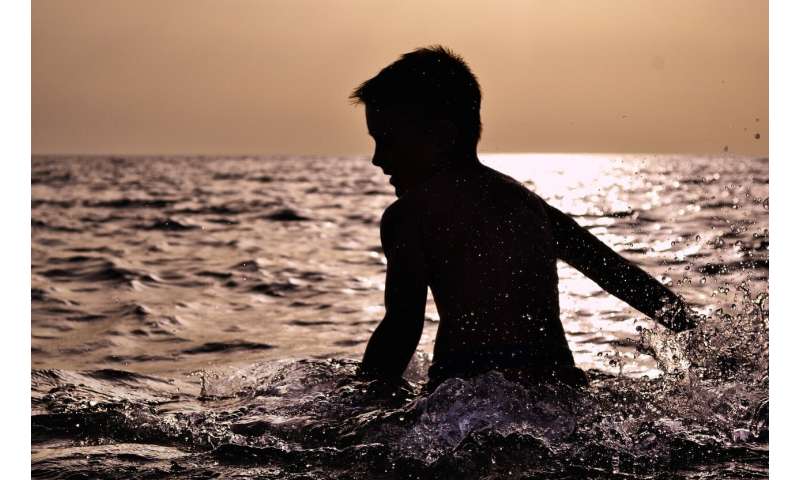

If the itching is severe you can soak in a bath to which you have added oatmeal, Epsom salts, or baking soda. As it will go away on its own in a few days there is no other treatment that needs to be done. You can also use oral antihistamines to help with the itching. If you do become infected with swimmer's itch you can get some over-the-counter topical anti-itching creams. The snails are the first host for this parasite and some mammals and aquatic birds are usually the last host. The eggs of this parasite get into the water via their host’s feces. The reason is that there are snails that live near the shore and these snails have been the host for these parasitic worms. Most of the time a person will get swimmer’s itch when they are wading or sitting in shallow water. The trematode parasite cannot survive in humans and the parasite will normally die within hours after attaching themselves to a non-suitable host. These parasites will usually infect snails, some mammals like beavers, or birds and it is an accident that they attach themselves to a human. The ones that cause swimmer’s itch are of the Gigantobilharzia or Trichobilharzia genus. Swimmer’s itch is caused by the trematode parasites of which there are many different varieties. Because the rash is itchy you should try not to scratch the area(s) because it could cause the rash to become infected. Each raised area is the site of the parasite penetrating your skin. It is a rash that is uncomfortable but not serious. Normally the rash will go away on its own after a few days but there are some cases where it will last for seven days. You may also have tingling feelings and usually this rash causes you to feel itchy. The symptoms of swimmer’s itch will usually worsen with each exposure to these parasites.
PREVENT SWIMMERS ITCH SKIN
Normally the rash will only appear on skin that is not covered by waders, swimsuits, or wet suits.

The rash can appear within minutes after getting in the infested water or days after you have waded or swam in this water. This rash looks like reddish blisters or pimples. SymptomsĪs mentioned with swimmer’s itch you have a rash. Swimmer’s itch is not contagious so you cannot catch it from another person. It was first described in 1928 in Michigan. There have been cases of swimmer’s itch around the world. The reason is that they like to play in shallow water and most of them do not dry off with a towel and instead let the sun dry them. Anyone regardless of age, gender, or race can get swimmer’s itch but it seems children are at a higher risk for getting swimmer’s itch. Humans do not make suitable hosts for this parasite and die soon when they are still in your skin. The parasite that is associated with this skin condition will normally live in waterfowl along with some of the animals that live near the water. When you get swimmer’s itch it is from an allergic reaction to microscopic parasites that have burrowed into your skin. Occasionally you can get it from salt water. You can get swimmer’s itch from freshwater ponds and lakes. It is also known as cercarial dermatitis, clam diggers itch, and duck itch. It is a skin condition in which you have an itchy rash after you go swimming or wading.


 0 kommentar(er)
0 kommentar(er)
